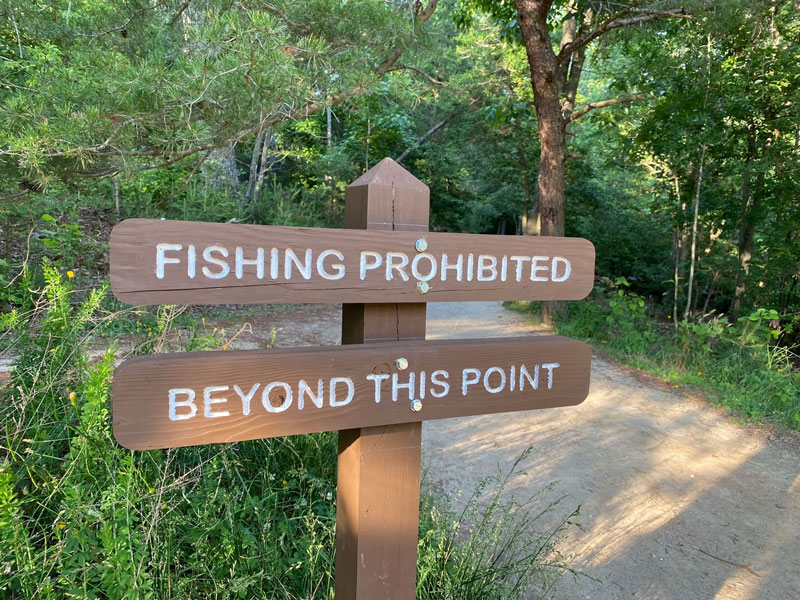Welcome to the heat of mid-summer, FishTalkers! Though it can get mighty hot out there this month, I absolutely love August because we usually have so many overlapping species cruising through my home waters of the Middle Bay. Along with rockfish we’re likely to enjoy the presence of Spanish mackerel, bluefish, redfish, speckled sea trout, and more. On windy days we can pay a visit to nearby lakes and rivers to catch crappie, bass, catfish, bluegill, and on and on. I enjoy all of them… because I can.

Not everyone is so lucky. Not everyone has a boat, much less multiple boats for different types of fisheries. Not everyone can afford to pay a charter boat or guide to enjoy the day out on the water. Not everyone has an easily accessed pond, lake, or river nearby. And not everyone can get to a good shoreline fishing spot or public pier. Access to our fisheries is limited, and in some cases and/or fisheries, very limited.
Access is such an important issue that we dedicated an episode of Chesapeake Perspectives to it (you can watch it and learn much more about the issue at FishTalk’s YouTube channel), and several very interesting points came out as we spoke with our panel of experts. One was the fact that in the post-Covid world, there’s a lot more competition for outdoor spaces. In many cases, as hikers or bird watchers or any other sort of user group expands, it puts additional pressure on angler access. A clear example can be seen at Calvert Cliffs Park. For several years fishermen lined the banks along one of the trails to fish the beaver pond for snakeheads, which riddle its shallow waters. But as the park grew more and more crowded some bikers or hikers saw fit to complain about people fishing close to the trails. Net result? “No Fishing” signs unexpectedly appeared at the trailhead. Access, eliminated.
Another problem is development, which constantly encroaches upon areas once used by the public. That goes not just for private development, but ironically, even the development of parks and other areas intended for public use. When Beverly Triton Nature Park, right in my own neighborhood, was undeveloped, my kids and countless others in the neighborhood used to walk down to the pond after school and fish for white perch. Some days a dozen or more kids would spend hours walking around the banks and casting in the marsh — an activity most of us would agree is far better for their character development than sitting at home playing video games. But this spring the county completed a major development project at the park, and now you need to reserve a fishing pass, show it at the gatehouse, and fish from one of five designated fishing spots — if the fishing reservations aren’t already full. Several of the “fishing spots” seem strategically located where there are never any fish, and the best two spots I know of on the pond are now off-limits to anglers.
Even if you have a boat your options are limited. Have you ever tried to find a public launch ramp in the Magothy, Severn, South, or West rivers, or any of the Baltimore-area creeks? Your options range between limited and nonexistent, and often the limited access points are too far from the fishing grounds to run in a small boat, or too small in size to launch a larger boat.
Those of us who are fortunate enough to enjoy good access often forget about our fellow fishers who want to fish, but struggle with angling access on a regular basis. And that’s a shame, because we anglers are all part of the fishing community. A community which speaks loudest with a unified voice. Before you shrug off access as an issue that only affects others, remember that there may come a day when you park your boat for good. To take your grandkids fishing you might want to walk to the shore of a nearby pond or onto a public pier. But you’ll only be able to do so if that pond or pier is open to fishing.